These questions — painful and inherently political — are crucial to understanding Ukraine’s situation in the third year of war.
The answer lies in broken expectations, a faltering strategy, dysfunctional command structures, and a society unprepared for a long war.
Euphoria
I remember September 2022. Ukrainian forces were tearing through Kharkiv Oblast. Every day brought news of liberated settlements: Izium, Kupiansk, Balakliia. Russian troops weren’t fighting — they were running. I thought: keep them running. Push them until victory — so graspingly near — is achieved.
Many around the world thought the same. I remember talking with friends in different European countries — some political analysts, one a veteran of several wars — and the consensus was clear: if Ukraine could keep up the pressure, it would be over quickly.

Then came November. Kherson was liberated. Everyone remembers the cheerful photos of people greeting Ukrainian troops with flags, flowers, and tears.
Victory was near. Or so it seemed.
That moment — that brief illusion of victory just around the corner — explains more than any think tank report could. It explains why, now in the third year of war, so many Ukrainian men do not want to fight.
Because no one ever prepared them to.
Shattered expectations
Wars don’t care what one expects. What followed Kherson were long, brutal, morale-draining defensive battles, turning into slow retreats — first at Bakhmut, then Avdiivka, then Robotyne. These names are synonymous not with victory, but with attrition. Trench warfare. Exhaustion. Withdrawal.
While all this unfolded, the country was never told: This will be long and hard, and it will demand everything of you. Instead, President Volodymyr Zelenskyy quietly shifted blame for the failed counterattack onto General Valerii Zaluzhnyi by sending him to London as ambassador, letting speeches about liberating Crimea fade away.
There was no clarification about what would come next. For the public, it became increasingly clear that nothing was clear — that the government had no plan B. This was at a time when Ukrainians were ready to hear hard truths and make sacrifices.
Instead of a clear-headed mobilization strategy, the government offered half-promises and tried to carry on with roughly the same army that had gathered in 2022.
Within Ukraine’s leadership, there seems to be widespread belief that they can somehow win with negotiations, drones, unmanned ground vehicles, or other high-tech solutions.
But as Euromaidan Press wrote in July 2025, even a million casualties aren’t too many for Russia as it keeps feeding its meat grinder.
In other words: Ukraine cannot smart its way out of needing soldiers. A simple truth remains — any land Ukrainian soldiers do not set foot on is no longer part of Ukraine.
The Kremlin understands this very well.
Ukraine is a democracy — and that’s a problem
Cracks in Ukraine’s ad-hoc mobilization began showing as Russians tidied up their ranks, built a functioning recruitment system, and applied pressure on a Ukrainian frontline now stretched thin and underequipped.
By late summer 2023, when the promised counterattack failed and the public realized this war could last for years, the government should have rolled out a feasible mobilization plan.
But that didn’t happen.
Not just because of disorganization, but because the political cost was deemed too high. Unlike Russia, which sustains its war effort with voluntary contracts and where even the word “mobilization” sparks Kremlin panic, Ukraine was forced into the deeply unpopular route of compulsory service.
The leadership knew the risks: forced mobilization in a democracy is always precarious. But with no money and no surplus of volunteers, there were no other options.
What followed was a creeping mobilization without any openly stated clear goal and structure.
The mobilization system, which isn’t
The mobilization system, relying heavily on the old Soviet model with all its rigidity and ineffectiveness, wasn’t overhauled — it was merely patched.
Territorial recruitment centers continued operating within outdated frameworks, simply under increased pressure. Reform attempts were unfinished and half-hearted, addressing only isolated issues.
As a result, mobilization officers handing out enlistment papers on streets or carrying out forced conscription came to be seen by the public — especially potential recruits and their families — as increasingly arbitrary and unjust.
Credit is also due to Russian propaganda, which turned people’s ire against mobilization officers.
The improvisations of 2022 — driven by volunteerism, national unity, and the belief that the war would be short — masked underlying flaws only temporarily. In the long run, a patched-up, paper-heavy post-Soviet system proved unfit for managing a prolonged democratic war effort demanding fairness, transparency, and shared sacrifice.
Especially as the societal cohesion and patriotic fervor of 2022 faded. Cracks in the system became chasms — broken features incompatible with reality.
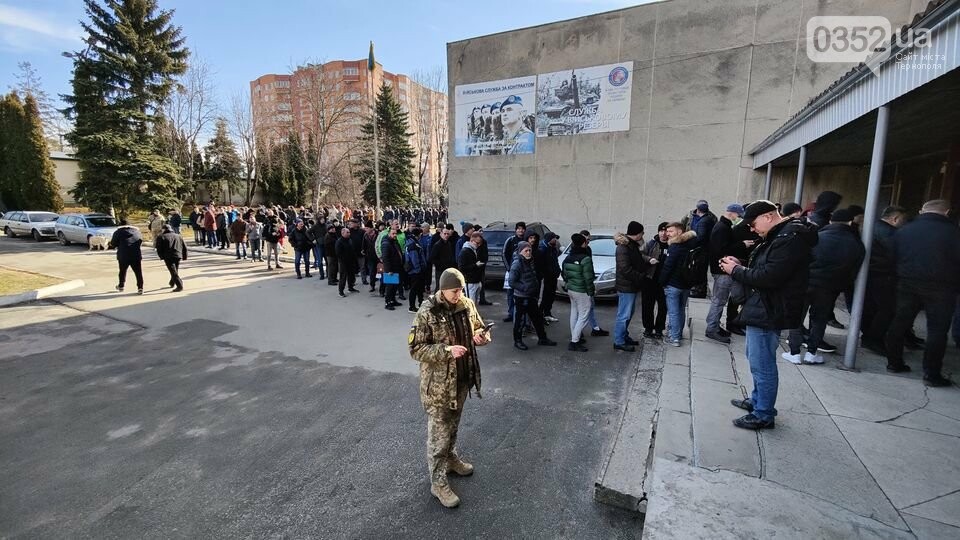
A deepening divide
There is still no clear rotation system, keeping men in units and trenches far too long. The “Reserve+” phone app, heavily promoted by the Ministry of Defense, delivered far less than hoped. While intended to streamline mobilization, it was hampered by poor design, technical bugs, a lack of user trust, and weak integration with existing military records.
To many, draft rules feel arbitrary and unjust. Some men are snatched off the streets — a practice Russian propaganda grandly amplifies. Others remain untouched because they know the system, know someone in it, or can afford to bribe their way out.
Meanwhile, Ukraine’s command structure shows deep dysfunction. Higher-ups deny junior commanders’ initiative, senior officers cling to power, and promotions are often blocked. This demotivates not only active soldiers but also discourages recruits from joining what looks like a rigid, unrewarding system.
Yet changes for the better do occur.
Parallel to this dysfunctional structure are units like the 3rd Assault Brigade, 12th Special Forces Brigade “Azov”, and 13th Khartiia Brigade, which promote meritocratic initiative and professionalism. They project a vision of military service that isn’t just about obligation — but also pride, skill, and purpose. They actively recruit, seeking talent. For them, the message is clear: this war is not someone else’s job. Everyone will serve. Find your place. Prepare.

And then there are those who serve not because of fancy campaigns or competent leadership but despite the system. These men and women endure impossible conditions, hold the line under fire, and continue their job, often without recognition. Their loyalty to Ukraine and their comrades is the force keeping the country alive.
Their silent example clashes directly with denial still prevalent in civilian society — where some cling to magical thinking that diplomacy will solve everything, or that the war will end if Ukraine hangs on long enough.
This reveals the growing societal divide — between those who have embraced the reality that doing their part is inevitable if they want to continue living in a free country, and those who haven’t.
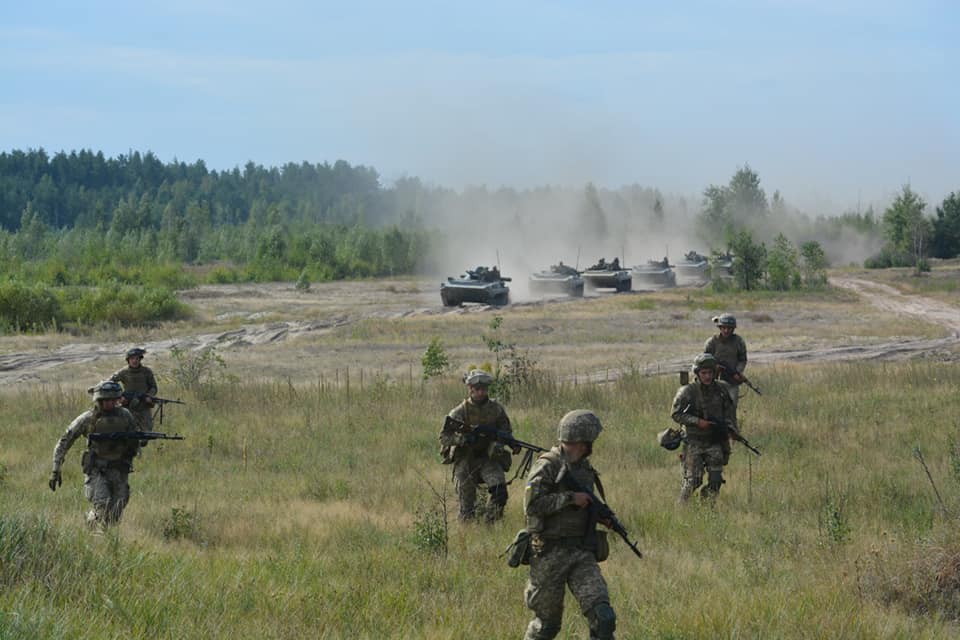
Russia knows it all
This domestic mismanagement is being exploited by the enemy. Russia has spent years targeting Ukraine’s morale, deliberately amplifying every failure, mistake, and injustice. Regarding mobilization, Russian propaganda doesn’t need to invent much. It simply shows what’s real and nudges it toward despair.
For many Ukrainians, the mobilization officer has become more feared than the Russian invader. That’s not merely tragic — it’s a psychological victory for the Kremlin. All wars are fought first in the mind: war, at its essence, is psychology and logistics.
So why don’t they fight?
Because no one ever told them they’d have to.
The Revolution of Dignity in 2013–2014 brought Ukrainian society into ongoing flux, transforming from the post-Soviet patrimonial social contract into something where citizens take responsibility. Where the state is not “them” but “us.”
But this isn’t happening simultaneously throughout Ukraine.
The volunteer army of 2022 — spurred by revolutionary fervor and made up of a professional core, existing conscripts, and volunteers — looked, for a moment, like it might be enough. That illusion lingered far too long.
When it became clear the war would be long, brutal, and unwinnable without mass mobilization, many men felt caught off guard. The system demanding everything was the same one that had failed to prepare them for years. It offered neither clarity, fairness, nor a plan but seemed to want everything in return.
Those who served felt abandoned. Others with better connections, deeper pockets, or better luck stayed home.
Some were “reserved” by employers — a state-allowed exemption meant to keep strategic branches of the economy running. This arrangement is often viewed with suspicion by everyone not part of it — another example of lost fairness. Some had left the country before borders closed. Some bribed their way out.
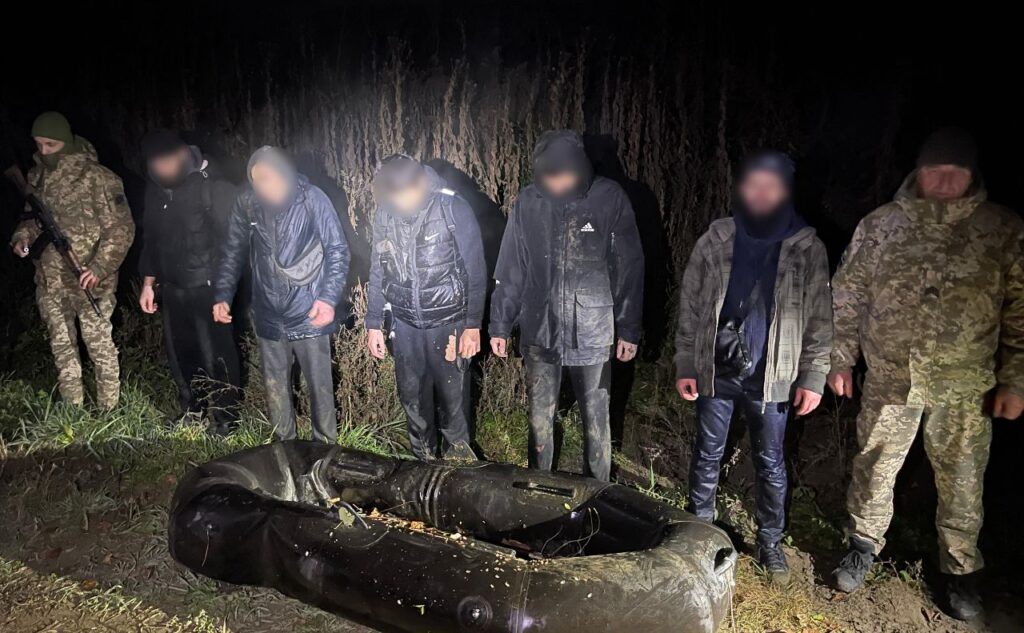
The result rewarded evasion and punished commitment.
The real challenge is not how to punish evasion but understanding it. For many, draft avoidance isn’t only fear or selfishness but a symptom of alienation. These people don’t believe in the state enough to risk their lives for it.
Understanding what fuels that disconnect — and how to fix it — is one of the most critical strategic riddles Ukraine faces.
By the end of last year, over 100,000 Ukrainian soldiers had deserted — most for shorter or longer periods, many switching units without permission, but some forever, according to Euromaidan Press reporting from 16 January 2025. The number now, in August? Higher.
The women left behind
In this broken system, the burden has fallen heavily on women. Wives, mothers, sisters, and daughters support men hiding from mobilization. They shop, cook, take out trash, and carry the emotional and domestic load. Often, they’re not merely passive enablers but active decision-makers — asking other women, “Why did you let yours go?” They help normalize avoidance, turning personal reluctance into a social stance.
At the same time, other women protest for fairer rules and better treatment of those who serve. Some demand transparent mobilization criteria. Others call for proper rotation and relief for men at the front since 2022.
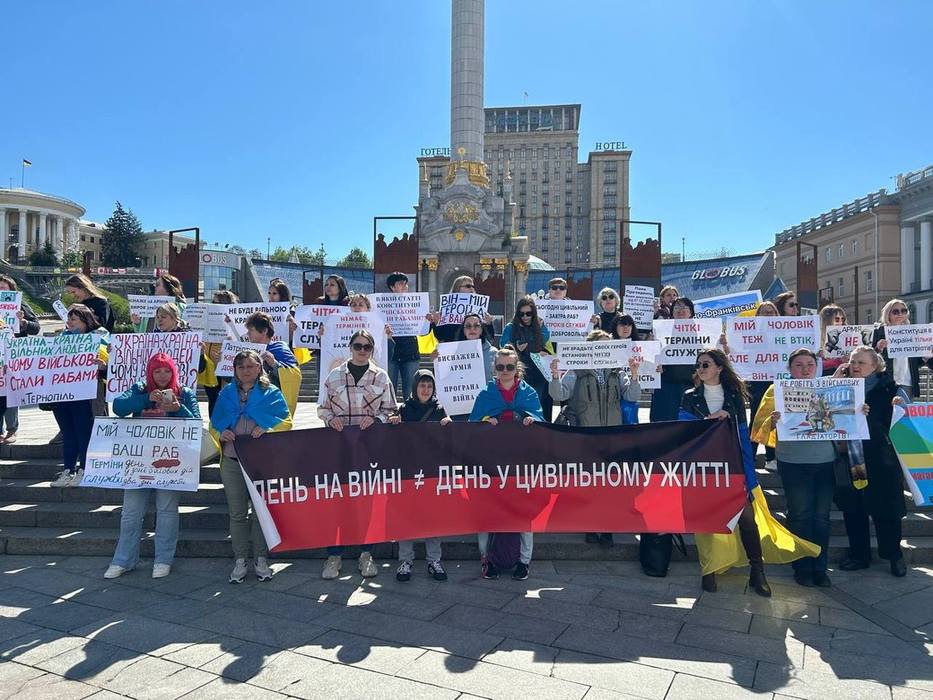
These women are voices of a society under enormous strain. But they’re divided: between those who fight to bring their men home and those who protect men who refuse to go.
Still others wear the uniform themselves. Over 60,000 Ukrainian women currently serve in the Armed Forces, with around 5,000 in combat roles. Their service — often overlooked in this debate — is a daily reminder that gender doesn’t limit duty.
Becoming Israel?
If this war is here to stay — and it may be — Ukraine faces a challenge: how to distribute defense burden fairly and sustainably while the rest of the country leads more or less ordinary lives.
Some say Ukraine must become like Israel — a country where repelling external enemies is part of national identity and everyday routine, with no exceptions.
If so, there will be no alternative to conscription. The reality on the front shows that forcibly mobilized soldiers often become competent and committed — not because they were ready, but because they rose to the challenge. Avoiding this truth only delays the reckoning.
Including Israel in the discussion automatically includes men and women. Several initiatives and pilot programs have been launched to train and involve more women in defense roles, from combat training to logistics to cybersecurity.
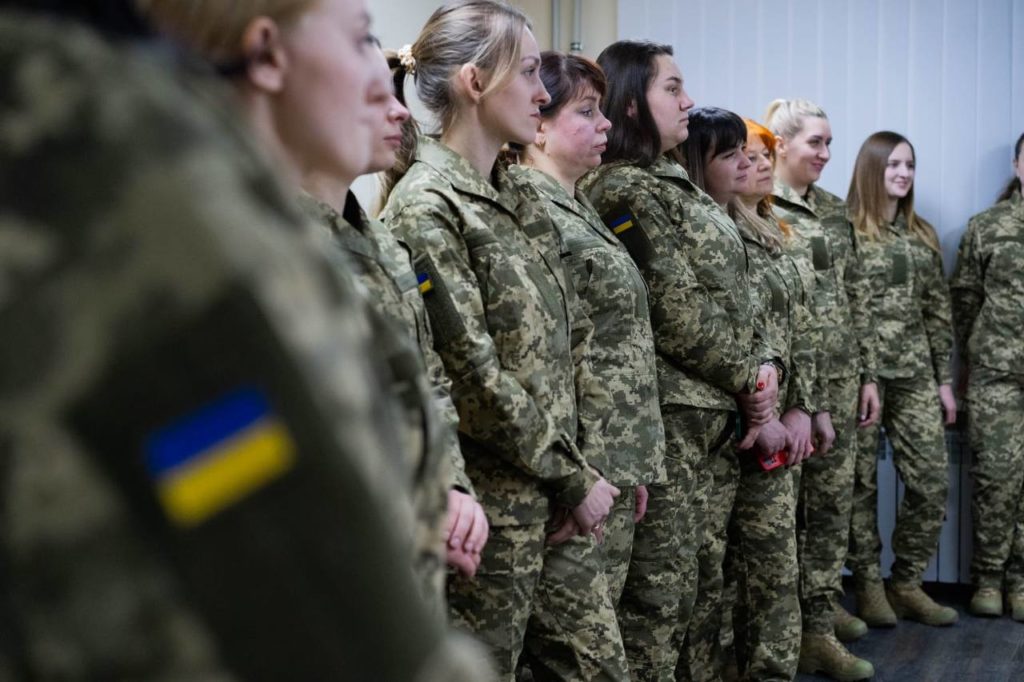
More Ukrainians are asking: why is one-half of the population trapped inside the country while the other half is free to travel at will?
But becoming like Israel would require more than slogans. It would demand an end to illusions, a reshaping of the social contract, and a reckoning with what the war truly demands — and from whom.
Because someone always pays. In Ukraine, it’s the same exhausted battalions who have held the line since Bucha, since Bakhmut, since Berdiansk.
And they are running out — of men, of time. And if this continues — eventually, of ground.




